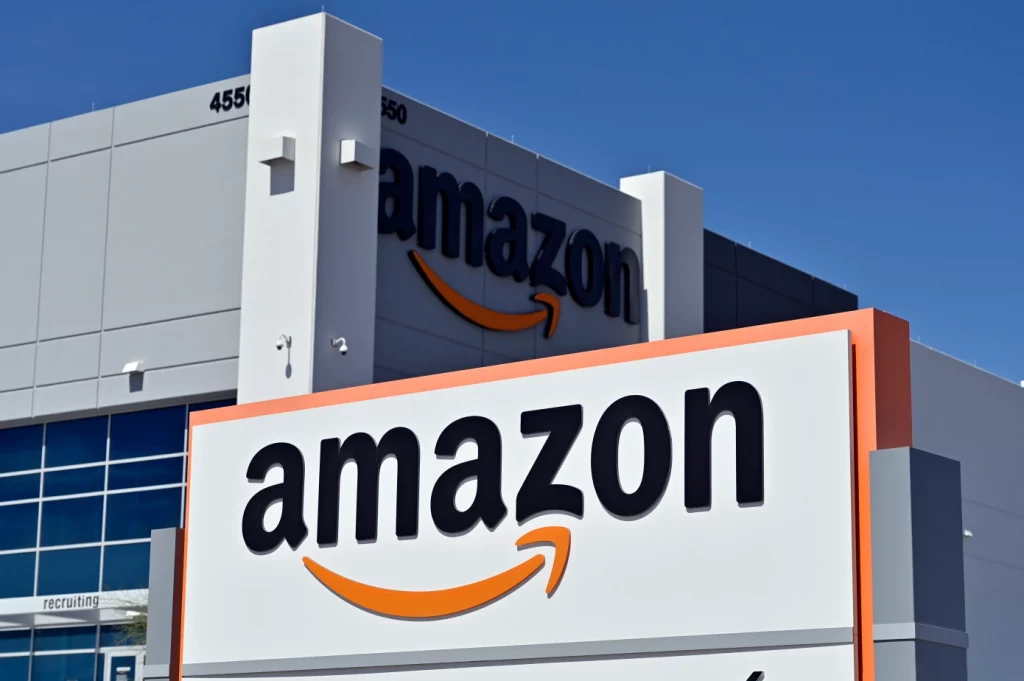
Amazon’s business model works because consumers trust it. So the company is careful with its reputation, and its policies are set up to protect the buyer.
For instance, although Amazon lets you list second hand goods, it won’t accept any products which are grubby, moldy, or missing essential parts. You can’t list promotional copies, and you can’t list counterfeit goods. That gives buyers the confidence that if they buy a Chanel perfume, it will be Chanel and not a cheap knockoff. In fact, you generally can’t sell branded goods unless you own the brand.
Some products are barred. You can’t sell them at all. You can’t sell explosives or fireworks; you can’t sell toy crossbows; and you can’t sell vehicle airbags.
Other products are restricted to approved sellers. For instance, dietary supplements are restricted because buyers need to be able to trust that the seller is reputable and complies with FDA regulations; the same is true of cosmetics and food. The following lists show restricted products, and restricted product categories too. Restricted products can be quite narrow, but restricted categories (though there are fewer of them) are much wider and you’ll need pre-approval to sell anything in that category.
We could put a list up here, but it’s much better that you go check the pages at Seller Central, because they do get updated from time to time.
A big advantage of becoming a seller in restricted categories and products is that there’s less competition, since fewer sellers are willing to go through the pre-approval process, and not all are qualified even to start it.
First of all, you’ll need to be a professional seller, not an individual seller. You’ll also need good performance metrics, with a defect rate less than 1% and a pre-fulfillment cancel rate below 2.5%. You’re unlikely to get approval for a gated category as a new seller.
Go to the product you want to sell in Amazon Seller Central. If it’s gated, and if Amazon is accepting applications for the category or product, you’ll see an application button to take you through the process. The requirements for each product are different, in terms of compliance – for instance, you’ll need certification for some products, and Seller Central will take you through the process. You’ll normally also need to show an invoice for your supplies, with minimum order quantities.
This is, of course, all extra hassle and extra paperwork. Should you bother?
The answer is definitely yes. Gated categories and restricted products tend to have fewer sellers because a lot of smaller sellers can’t be bothered jumping through the hoops. That means less competition and probably higher margins for those who do engage with the approvals process.
These are also products where consumers are often willing to pay a bit more, and where brands can have more power.
However, you need to be careful to keep on top of what’s restricted and what isn’t. Amazon does change things from time to time. If you have a few products it’s fairly easy to do so – if you have a larger business, consider hiring a lawyer or industry expert to stay on top of the regulations while you’re running your business.
And if you make a mistake, take immediate action to remove the product completely. Don’t just label it out-of-stock – pull the product from the catalog. That shows Amazon you’re doing your best to stick to the rules, and it could avoid sanctions as drastic as the closure of your seller account.
